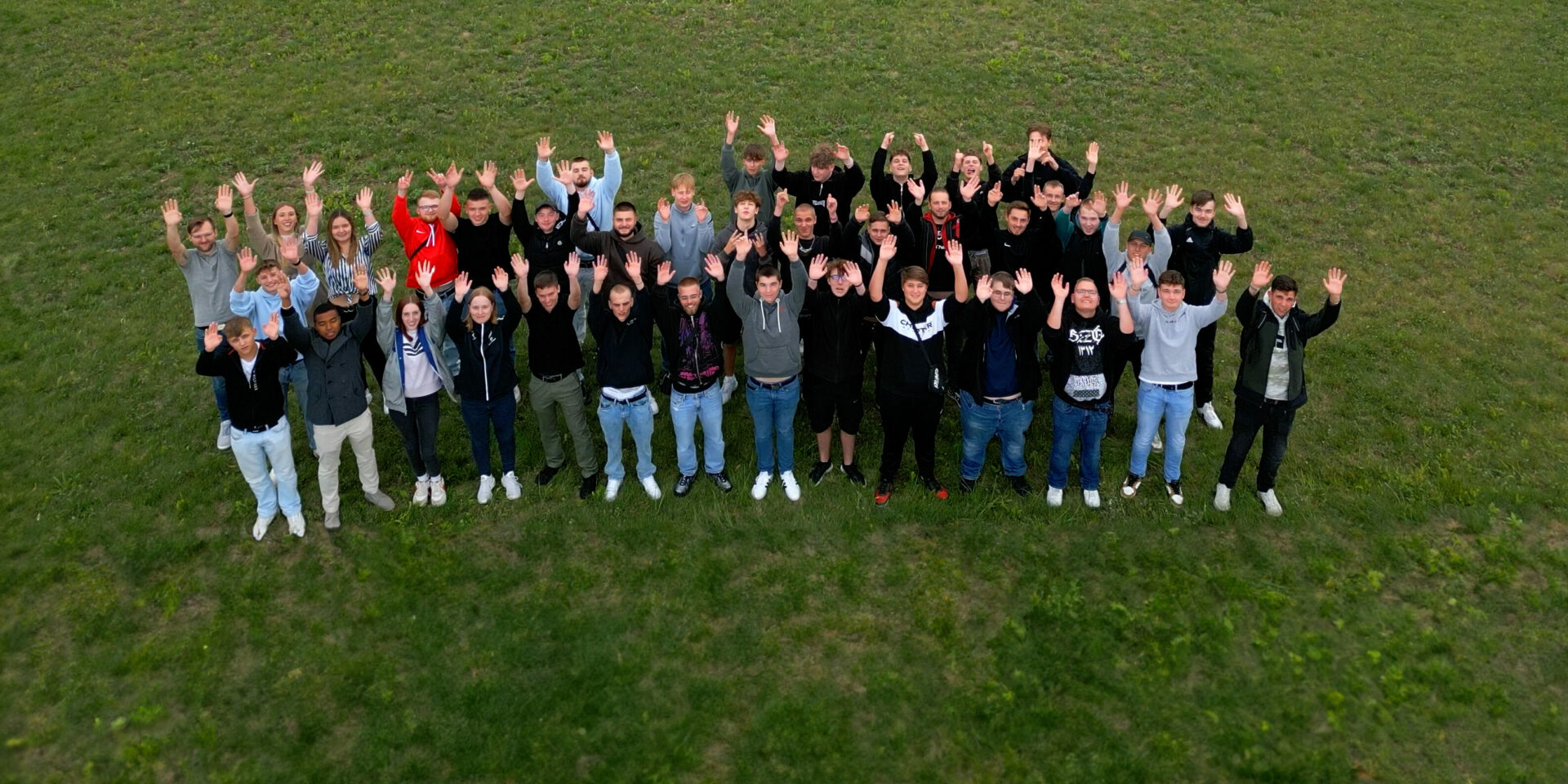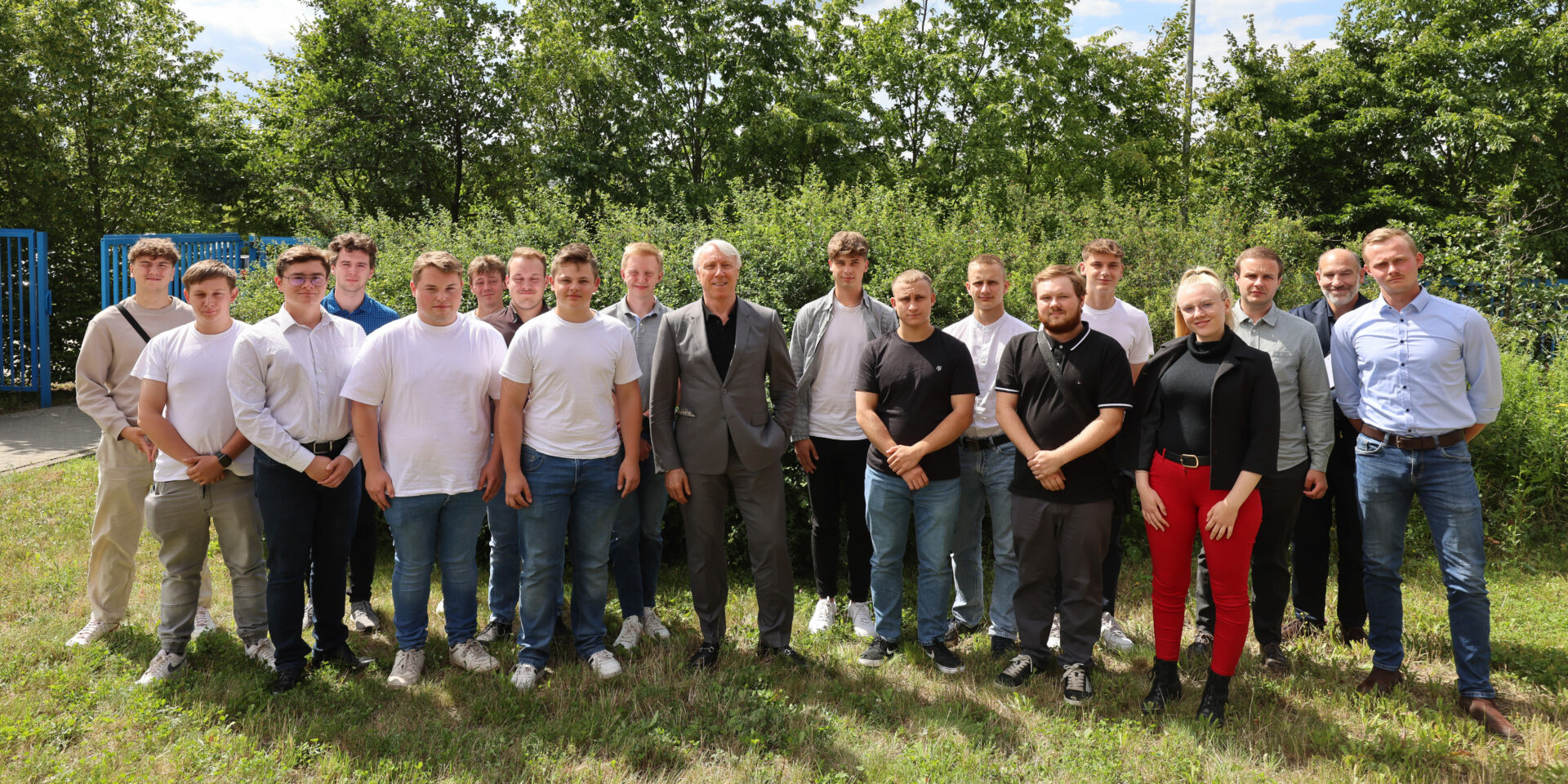
InnoTrans 2022: A conversation with Dr. Ben Möbius from VDB
On Wednesday (Sept. 21st, 2022 – 3:30 pm – SPITZKE stand – Hall 5.2 – Stand 320) at InnoTrans 2022https://www.innotrans.de/en/, Jens Bergmann, Member of the Board of Directors for Infrastructure Planning and Projects and Member of the Board of Directors for Finance and Controlling at DB Netz AG, Dr. Ben Möbius, Managing Director of the VDB, Jan Grothe, CPO of DB AG, Mark Fisher, CTO of SPITZKE SE and Winfried Zuber, Managing Director of WSP Infrastructure Engineering GmbH held a discussion as part of a SPITZKE panel discussion. The topic was “Consistently rethinking about partnership-based, modern, efficient construction!” We asked the panel participants three questions in advance.
Below you can read the third short interview with Dr. Ben Möbius (Managing Director of the Germany Railway Industry Association).
Dr. Ben Möbius, rail transportation is considered one of the key elements for sustainable, climate-friendly mobility. What needs to change so that our rail system can fulfill this role well and how can we manage to get significantly more passenger and freight traffic on the tracks in the future?
We believe that the rail simply has to offer the best intermodal comparison in order to convince people to get on and off the train. For rail 4.0 to become a success story, it needs to have more capacity, more attractiveness and, most importantly, significantly more speed. Digitalization brings capacity: More trains can run on the same route at closer intervals. Furthermore, digitization also increases the reliability and availability of rail. An example? Predictive maintenance. Intelligent components send an alarm before they break, failures can be avoided and train services can continue reliably and punctually. We’ll achieve more attractiveness through innovation. New, digital technologies and products are available – but they have to enter the market more quickly. The awarding of contracts is decisive here. If we focused public tenders even more on quality, sustainability, design and comfort, people would see the technological progress much faster in their everyday lives. Digitalization, innovation, modernization, expansion and new construction all need more speed on the railways. We need to start significantly faster, i.e., plan quickly and efficiently and make greater use of digital methods in order to build smarter. At the same time, the corresponding regulatory framework has to be optimized by the federal government. This way, we can work together to put the best mobility ever on track.
From the perspective of associations and politics: What contribution can the railway industry make to achieve these goals?
The rail industry is a climate industry. Rail transport already constitutes less than one percent of the total greenhouse gas emissions in the transport sector. Furthermore, this potential can be increased even more through digitization and electrification. Electromobility has been a reality on the tracks for more than 140 years, and 90 percent of the German network is electric today. Where electrification by overhead lines hasn’t been realized or isn’t economical, alternative power concepts, e.g. “Made in Germany” can consistently decarbonize. The German railway industry is a global leader in the development of hydrogen, battery and hybrid solutions. Electrification gaps can therefore be bridged. Last but not least, the rail system is highly energy efficient. For instance, recuperating braking energy is very advanced. The share of energy recovered is seven percent in freight rail, ten to 15 percent in long-distance passenger rail, and 20 to 40 percent in local passenger rail depending on the route. Automation reduces the energy required by subways by almost one third, lightweight construction and intelligent adaptive components are extremely more energy efficient, and overhead lines utilize input energy almost one-to-one, more tracks mean more mobility with zero emissions and maximum energy efficiency.
On SPITZKE’s podium discussion, you’ll discuss the topic “Consistently rethinking about partnership-based, modern, efficient construction!” What aspects do you think will be addressed?
First and foremost, planning and implementation periods must become significantly faster. Overly complex procedures and duplicate checks must become more efficient. The Rail Acceleration Commission set up by the German government, in which the VDB takes part, will play a decisive role. Approval procedures must be seamlessly digitalized. Exceptions for planning approval have to be examined more frequently for time-critical rail projects. Even difficult questions, such as the relationship between climate protection and local species protection, need to be on the table as well. On site, public participation and fair, proportionate solutions have to succeed. The upstream economic feasibility studies of rail infrastructure projects must follow economic and climate policy criteria much more stringently in the future. After all, the network should be aligned with these goals. Moreover, digital planning methods, such as Building Information Modeling (BIM), have to be used much more in order to speed up the processes and reduce sources of errors. Successful applications in track construction indicate that BIM can be used to optimize construction methods, construction logistics and closure period concepts including parallel work already in the planning phase. We need an optimal combination of driving and construction. This also requires more tracks for passing and stabling tracks allowing for alternative routes and the efficient use of machinery and materials. Employee-friendly working conditions should obviously be considered, ruling out a one-sided focus on public holidays and night shifts.

